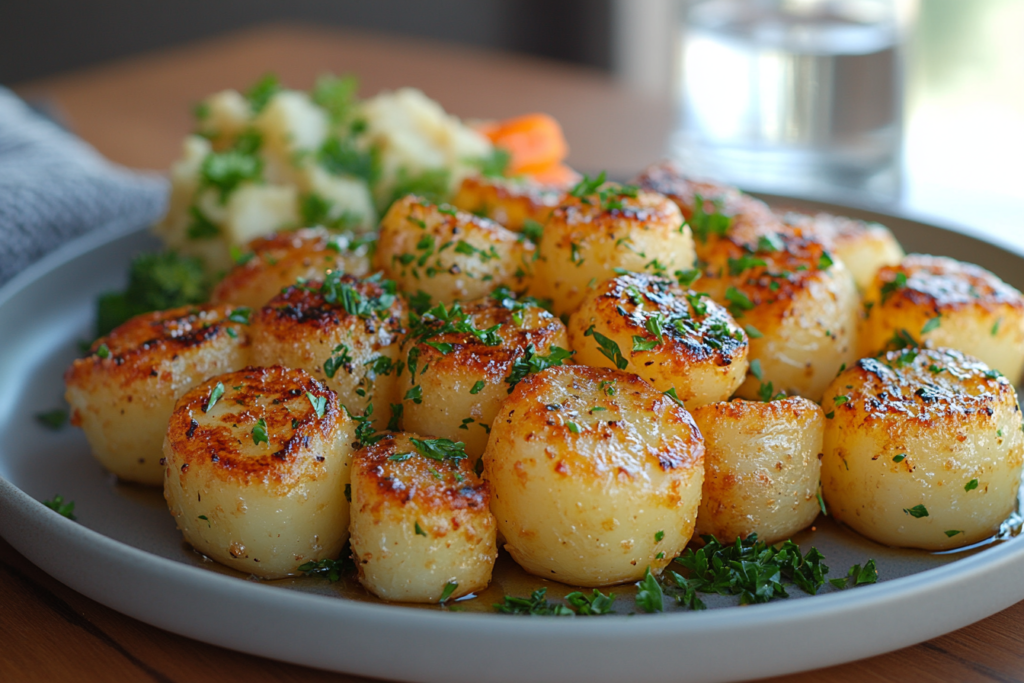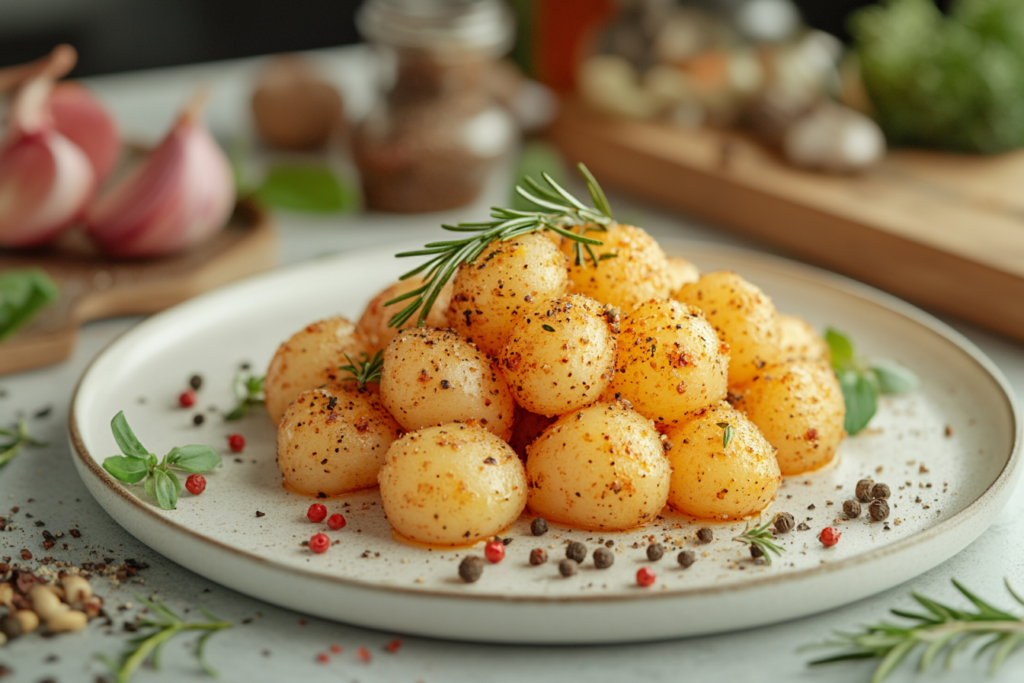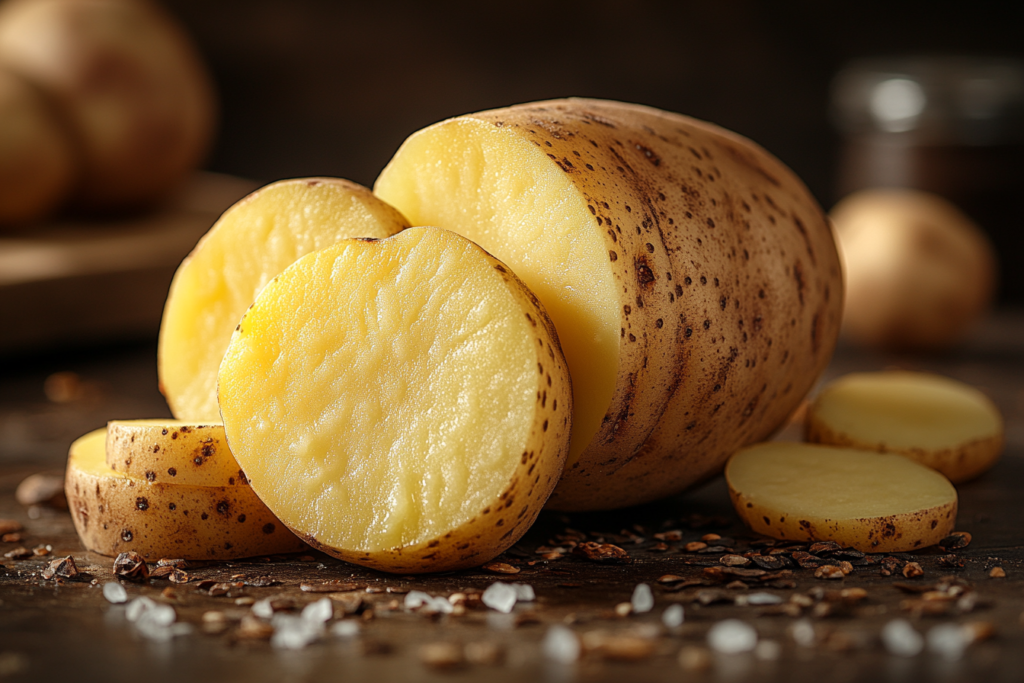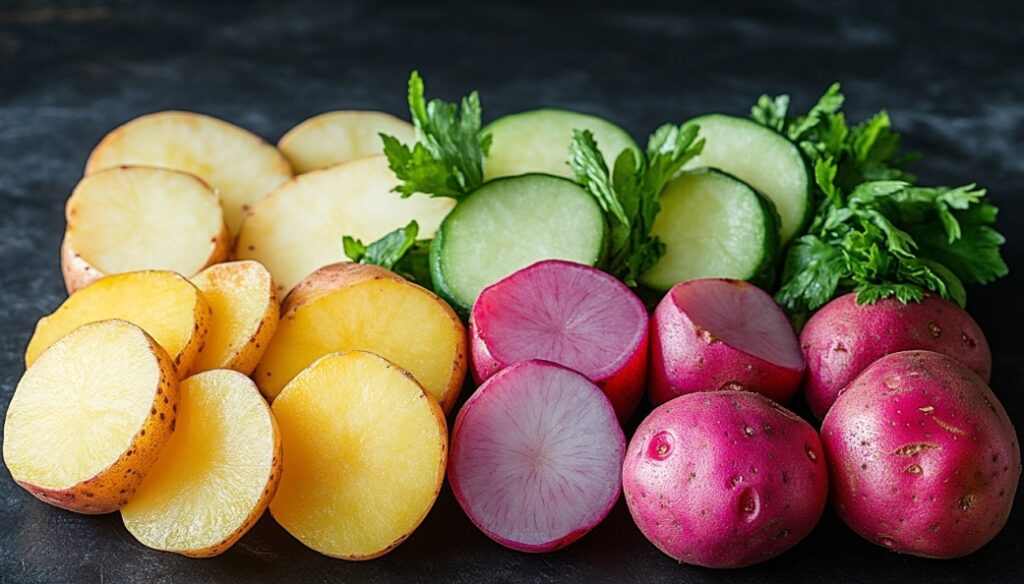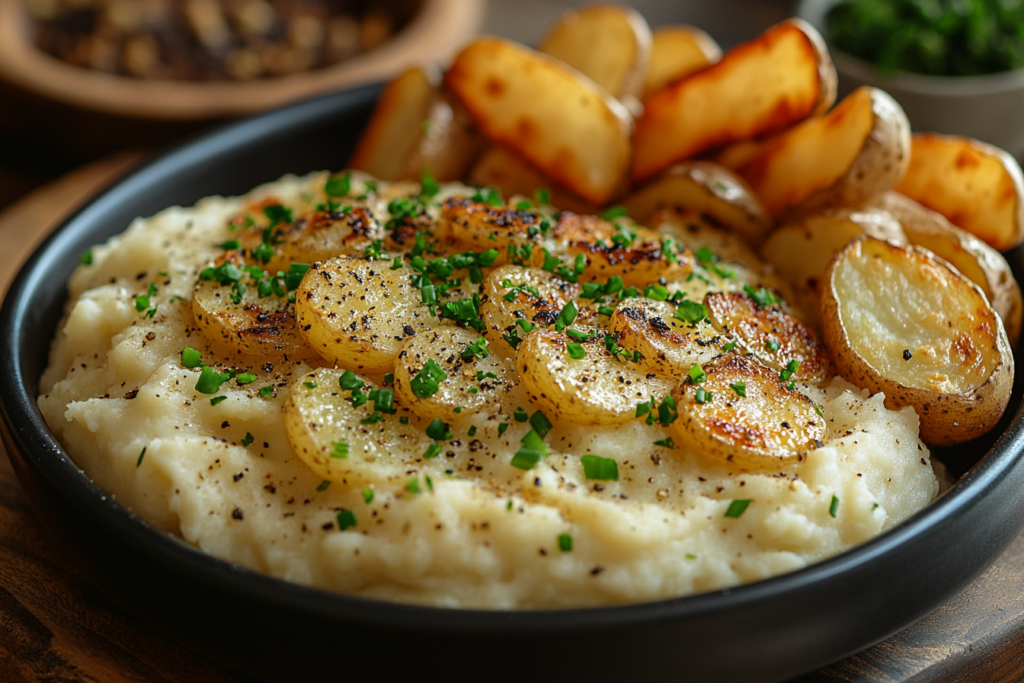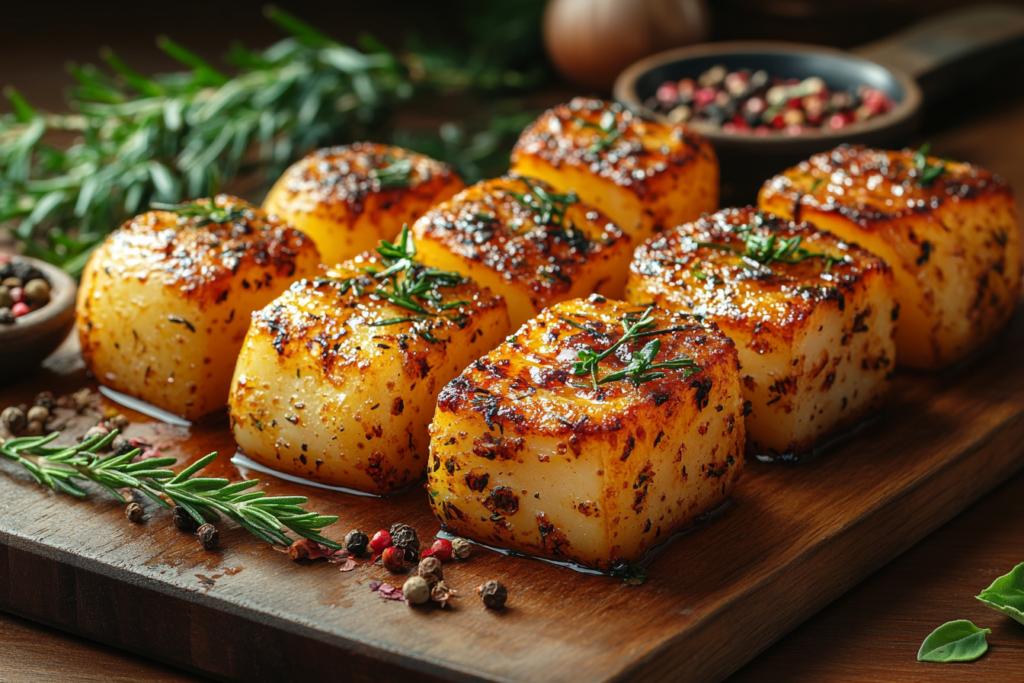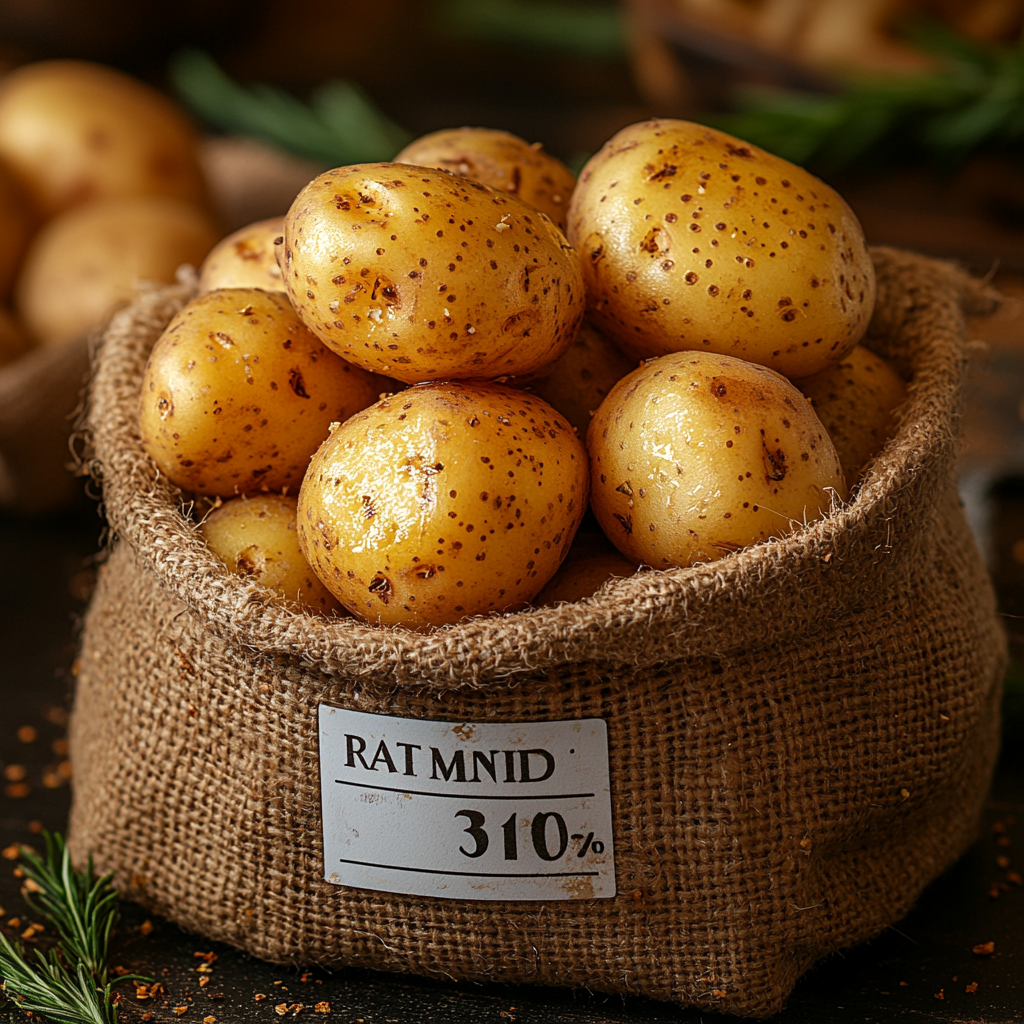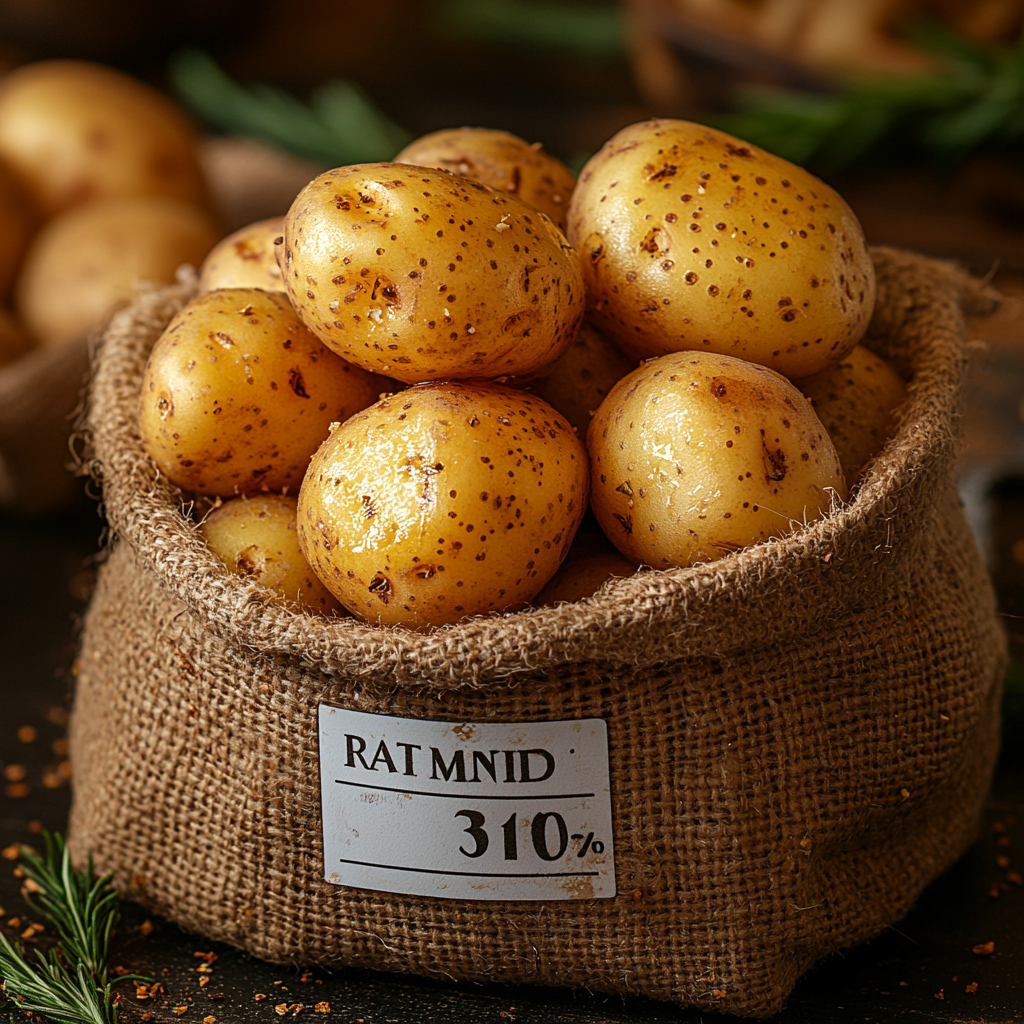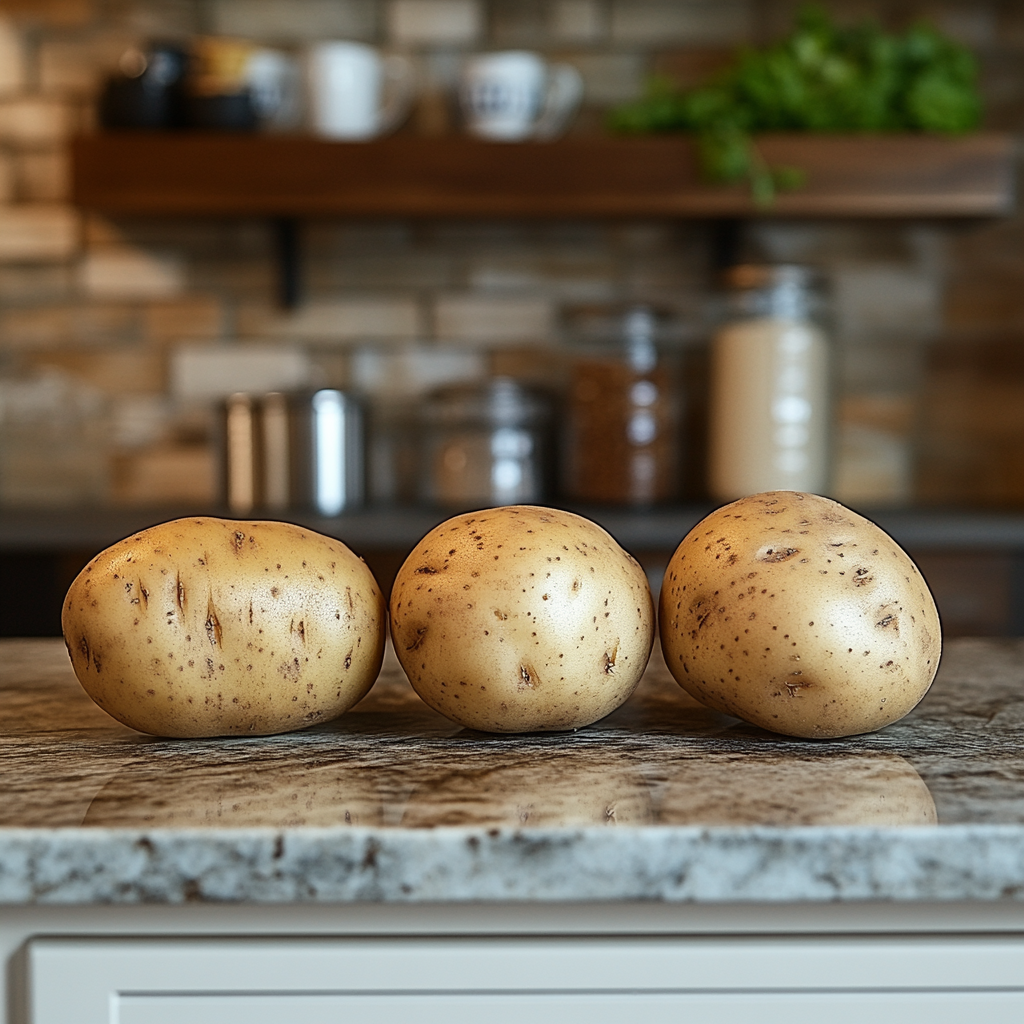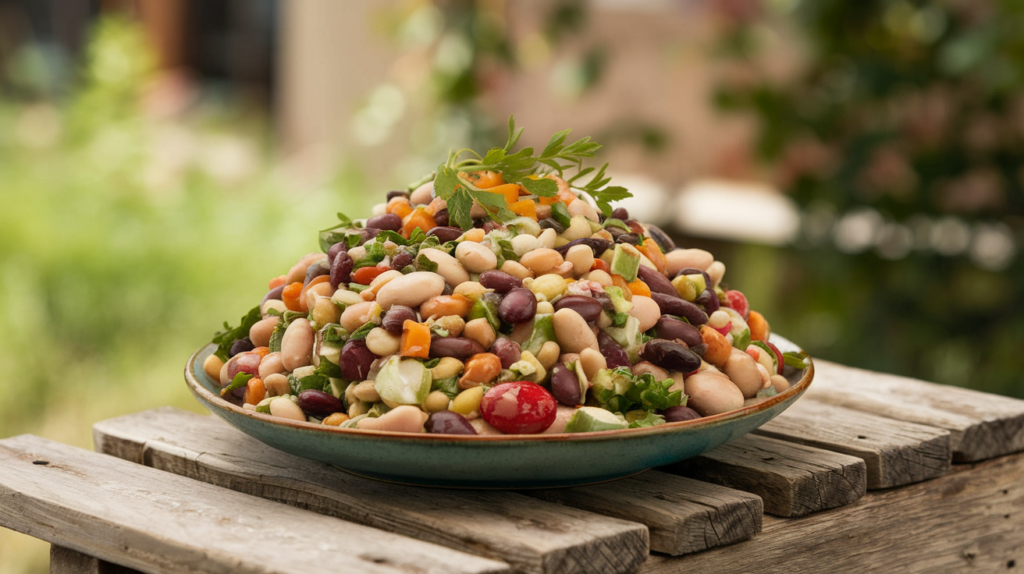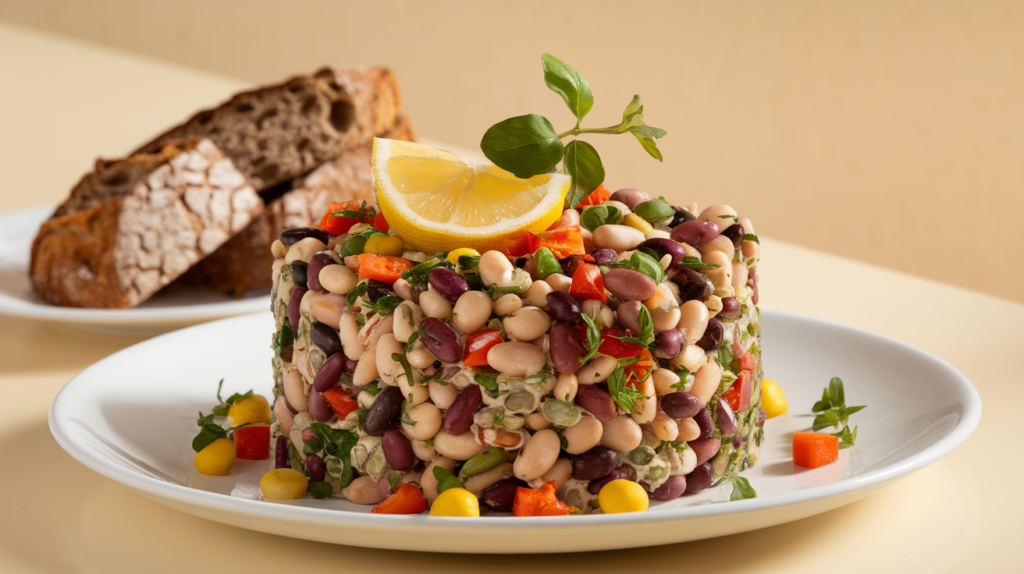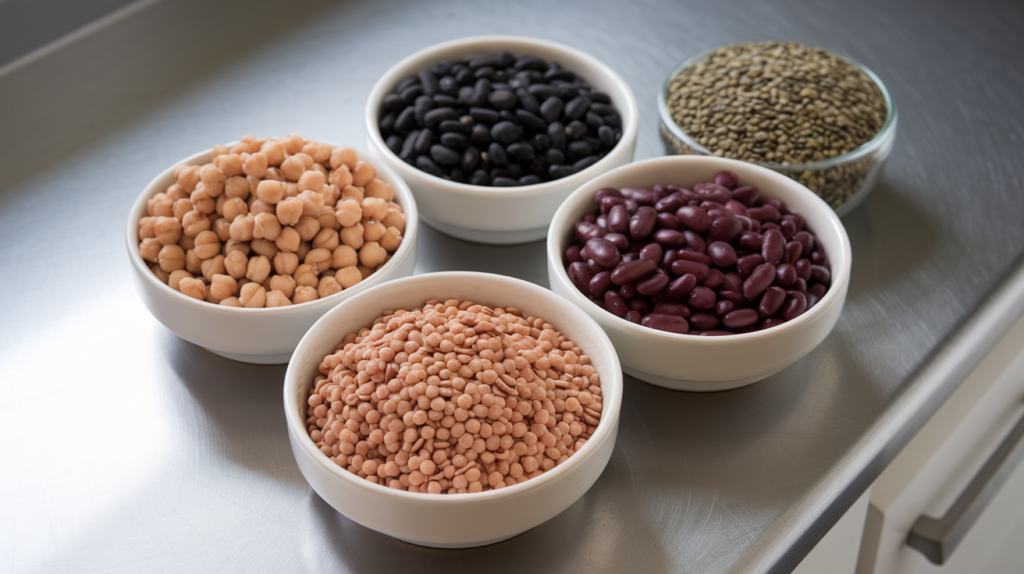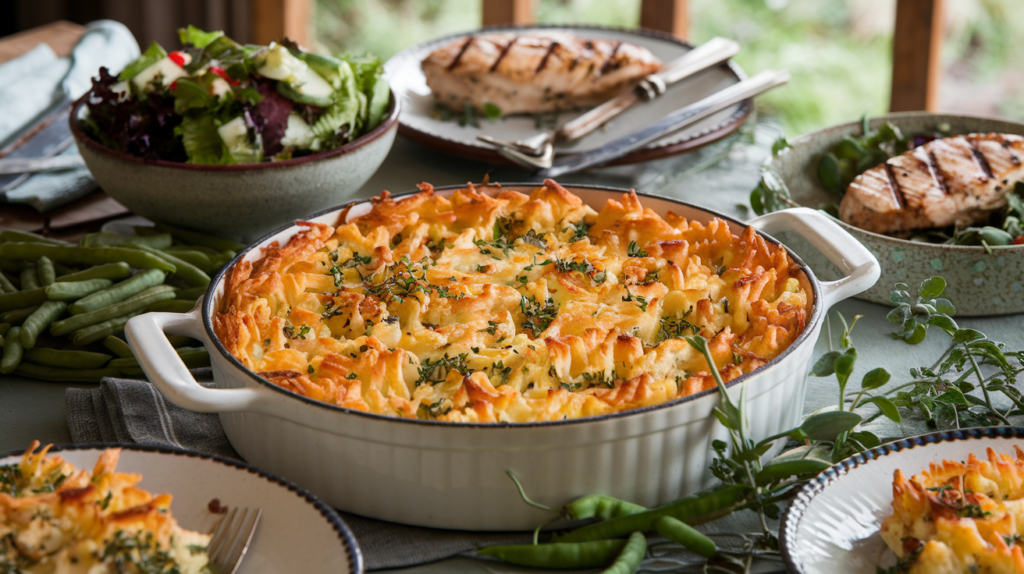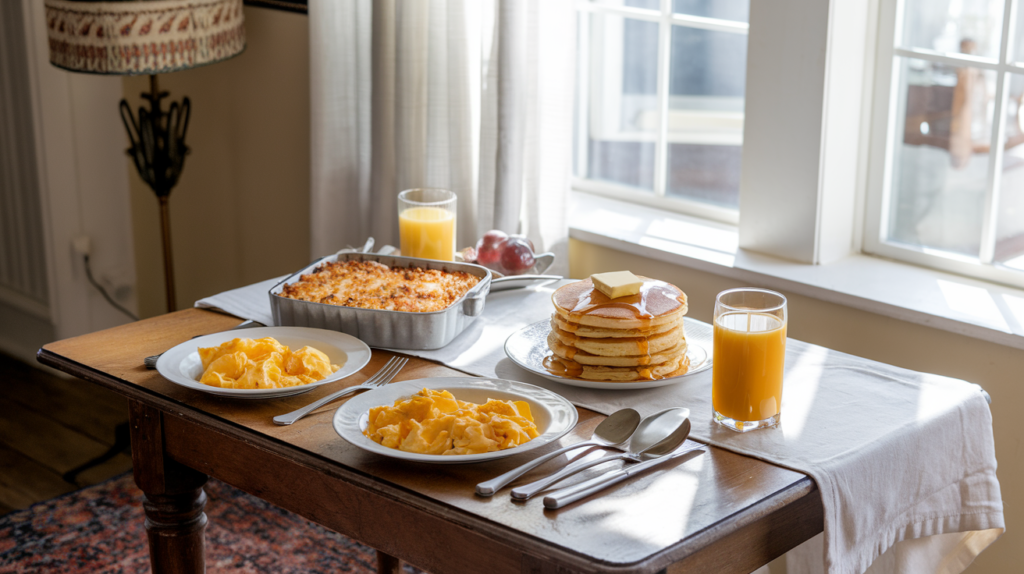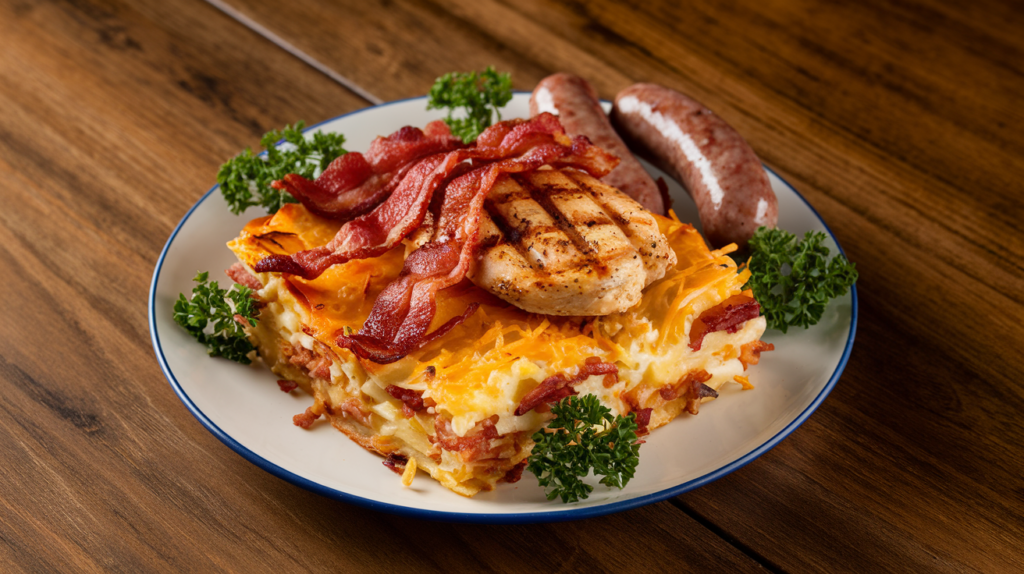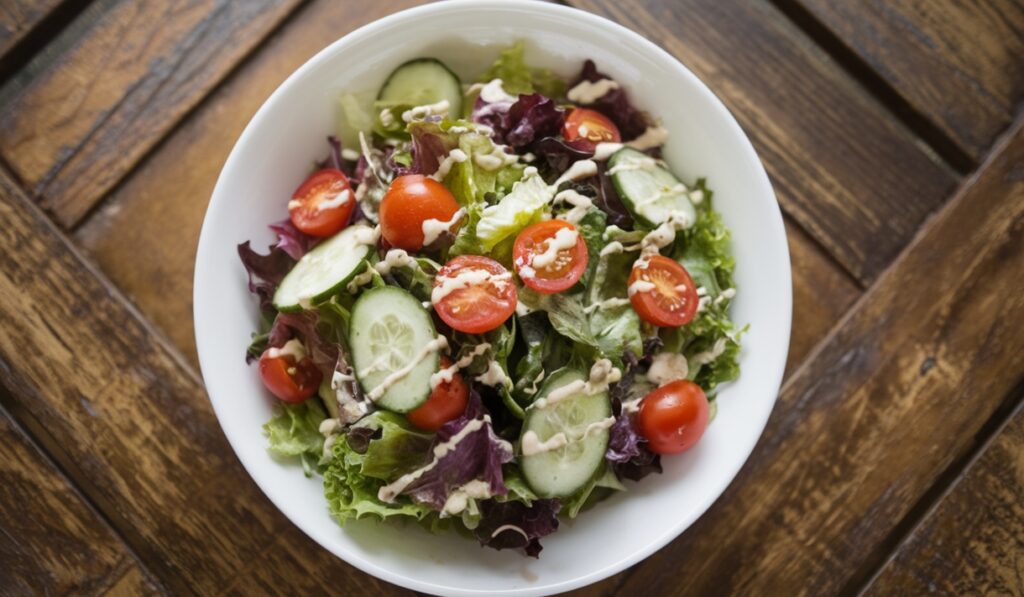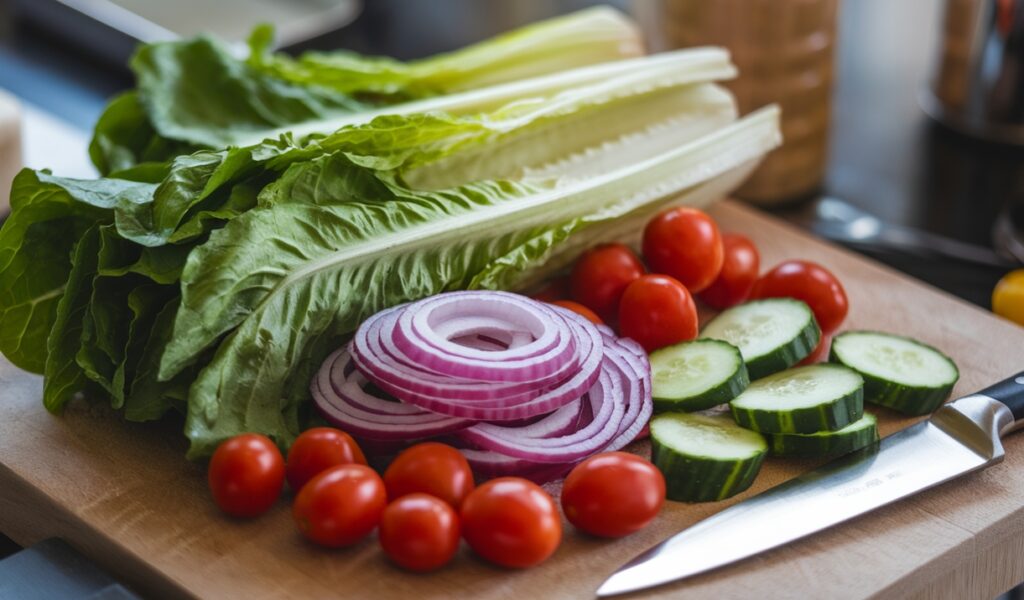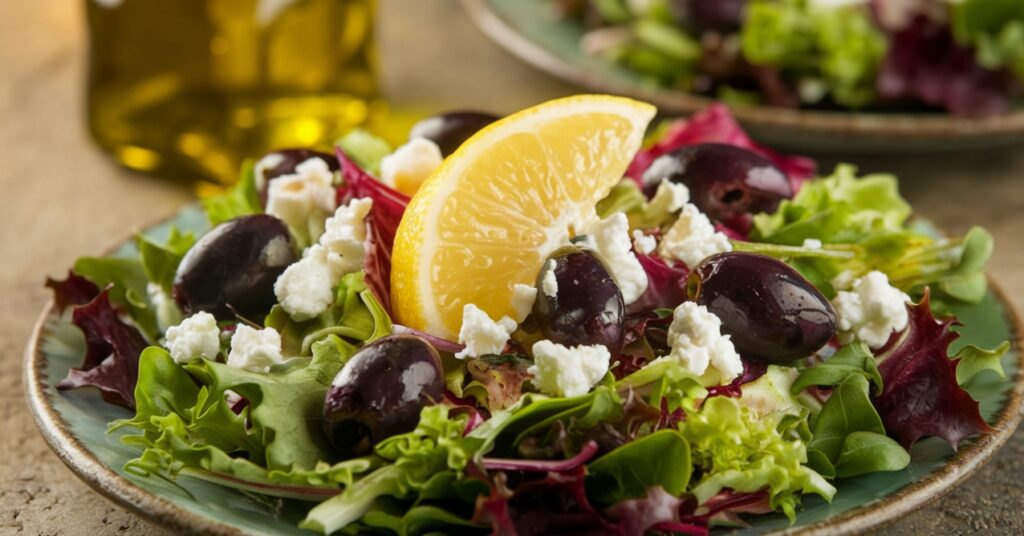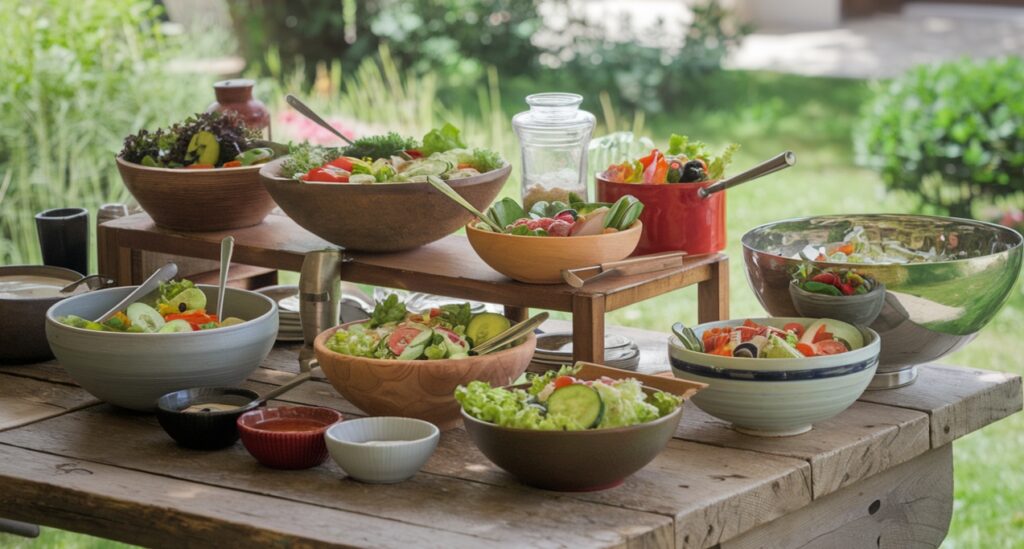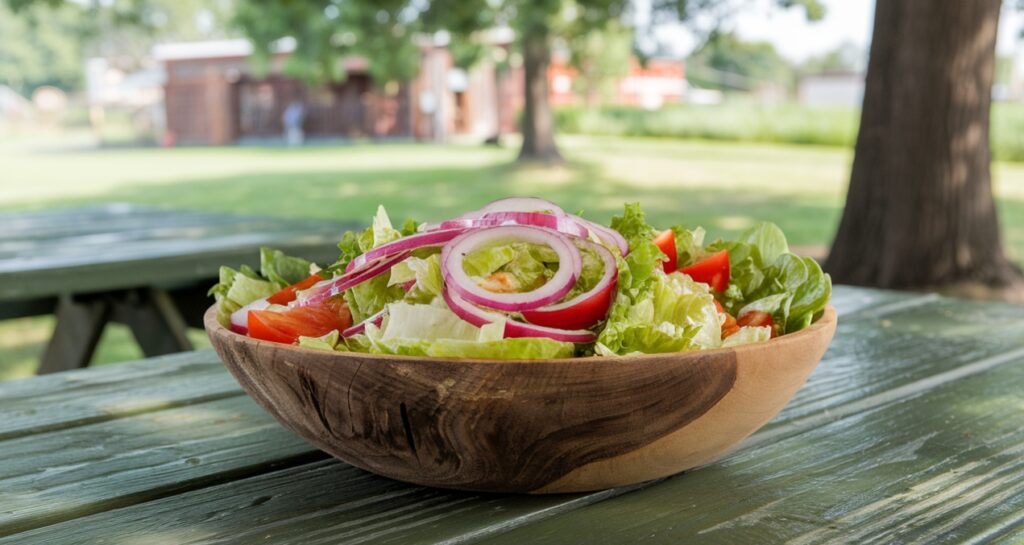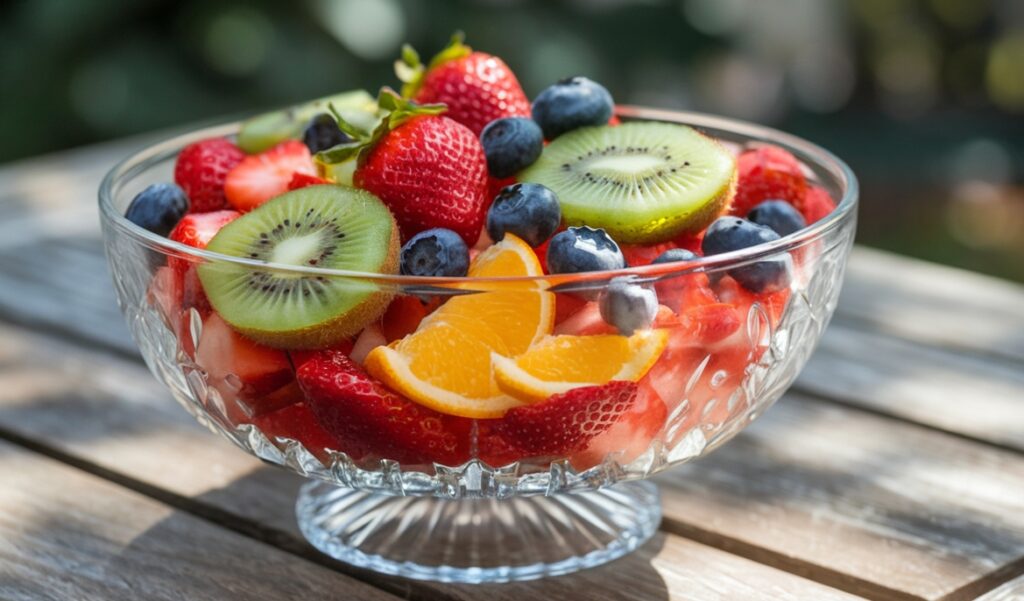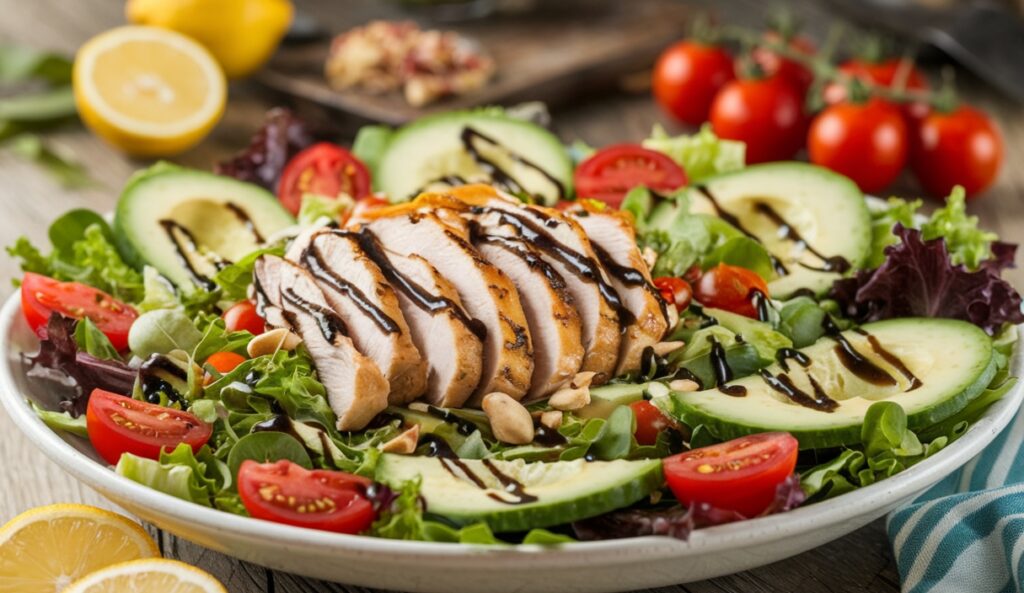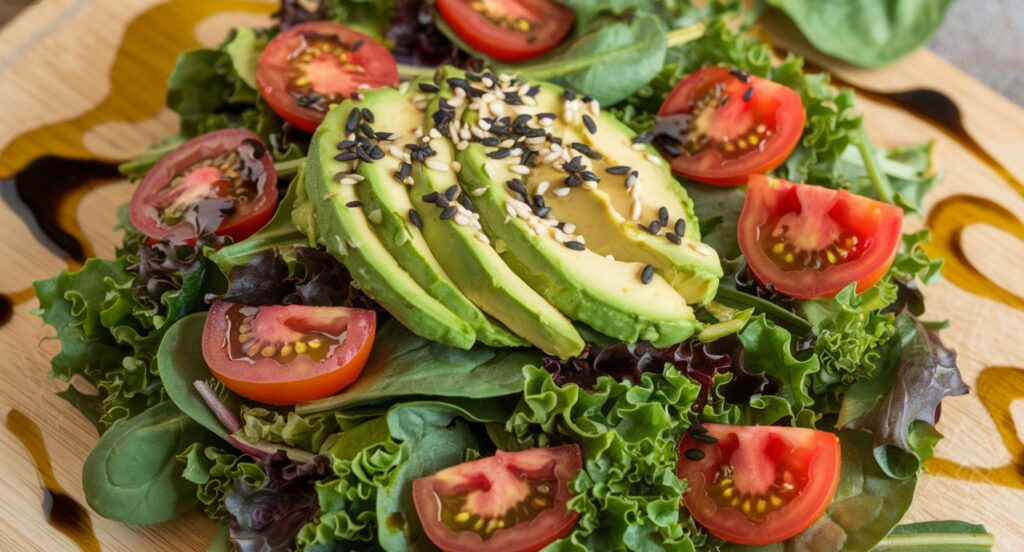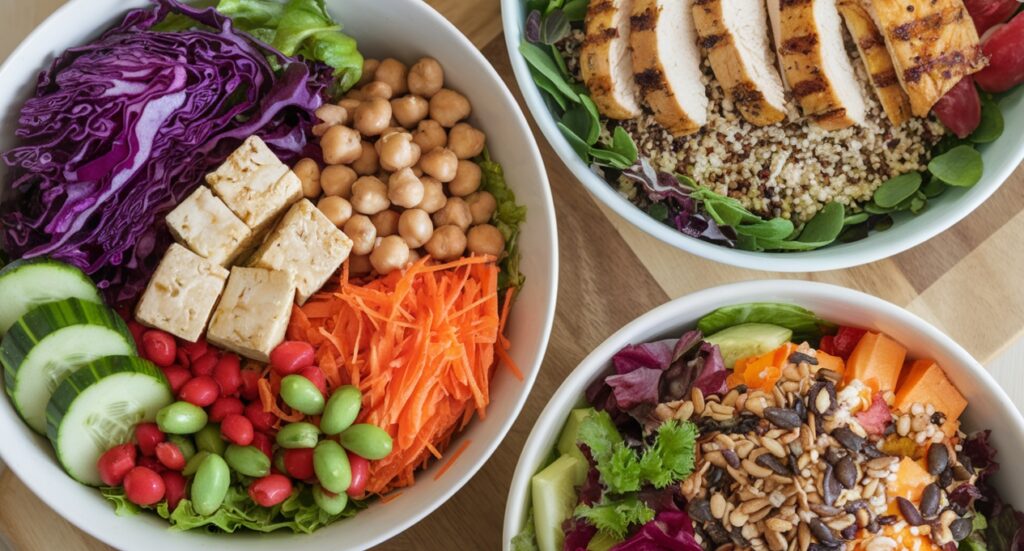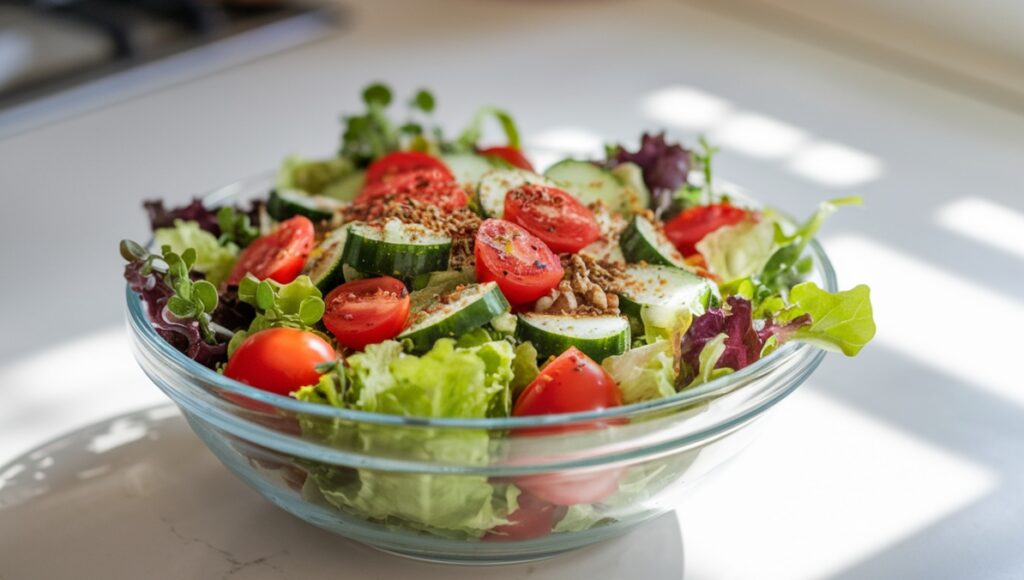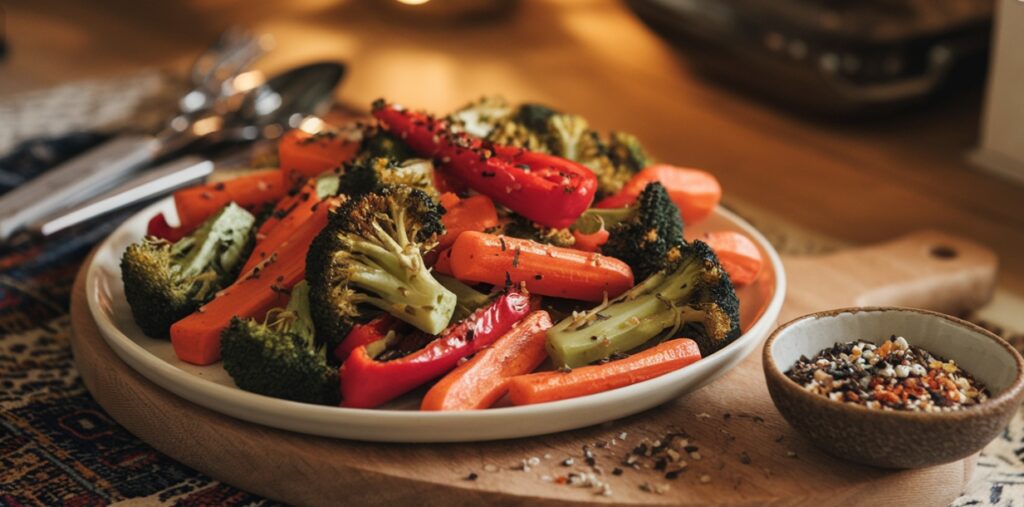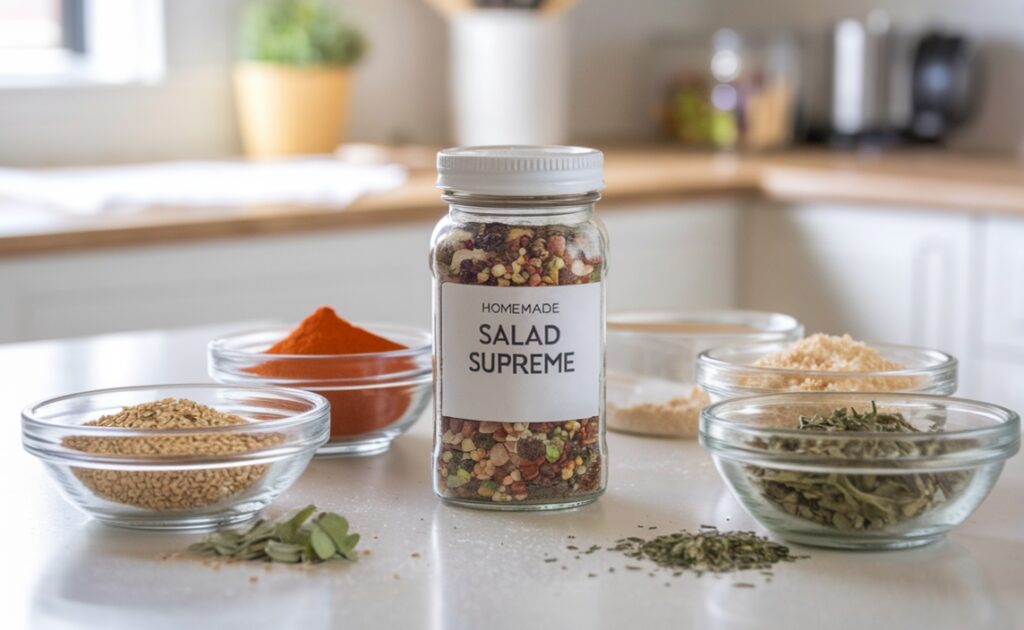Introduction
Pasta is a beloved staple in diets worldwide, but its high carbohydrate and calorie content can be a concern for those watching their waistline. If you’re wondering what type of pasta is lowest in calories, you’re not alone. Low-calorie pasta options, like vegetable-based noodles and whole wheat varieties, have become increasingly popular among health-conscious eaters.
In this article, we’ll explore what type of pasta is lowest in calories by comparing traditional options with innovative, low-carb, and diet-friendly substitutes. Whether you’re searching for calorie-conscious pasta or alternatives that fit your lifestyle, this comprehensive guide has got you covered.
Understanding Pasta and Its Nutritional Value
Pasta is a versatile dish that can be enjoyed in countless forms, but understanding its nutritional profile is key to making healthier choices. This section breaks down the basics of traditional pasta and its calorie content.
Traditional Pasta
Traditional pasta is typically made from refined wheat flour or semolina and water, sometimes with added eggs. This simplicity gives pasta its neutral flavor and pliable texture, making it ideal for absorbing sauces and seasonings. However, for those wondering what type of pasta is lowest in calories, traditional options may not always be the best choice due to their relatively high caloric value, which varies by serving size and type. Low-calorie pasta alternatives can provide a healthier substitute without sacrificing flavor.
- Calories in Regular Pasta: A one-cup serving of cooked regular pasta contains approximately 200 calories. Popular shapes such as spaghetti, penne, and fettuccine tend to have similar caloric profiles, as the main ingredient remains the same.
- Refined vs. Whole Grain: Traditional pasta made from refined grains tends to lack fiber, making it less filling and potentially leading to overconsumption.
Nutritional Breakdown
Understanding the macronutrient composition of traditional pasta is crucial for managing calorie intake.
- Carbohydrates: Pasta is primarily a carbohydrate-rich food, with around 40 grams of carbohydrates per cup. This makes it a quick source of energy but can be a drawback for those on low-carb diets.
- Protein: With about 7 grams of protein per cup, pasta provides a modest amount of this macronutrient, which supports muscle health and satiety.
- Fats: Traditional pasta is virtually fat-free unless prepared with added oils, butter, or creamy sauces.
Vitamins and Minerals
While pasta isn’t a powerhouse of micronutrients, enriched varieties often contain added B vitamins and iron, which contribute to daily nutritional needs. However, if you’re considering what type of pasta is lowest in calories, enriched traditional pasta might not be the best option. Low-calorie pasta alternatives, such as vegetable-based or legume-based varieties, can offer added nutrients along with fewer calories.
Why Caloric Content Matters
When consumed without moderation, traditional pasta can lead to a calorie surplus, which contributes to weight gain. Fortunately, there are alternatives that provide the satisfaction of pasta while keeping calories in check.
Low-Calorie Pasta Alternatives
For those seeking to enjoy pasta without the calorie burden, low-calorie pasta alternatives provide a perfect solution. If you’re wondering what type of pasta is lowest in calories, these options offer unique nutritional benefits while maintaining the versatility and comfort of traditional pasta. From vegetable-based noodles to whole wheat and shirataki varieties, there’s a calorie-conscious pasta choice for every preference.
Whole Wheat Pasta
Whole wheat pasta is a popular alternative for those looking to reduce calorie intake while adding nutritional value.
- Calorie Content: Whole wheat pasta contains approximately 180 calories per cooked cup, slightly lower than traditional pasta.
- Benefits: Its higher fiber content, ranging from 4 to 7 grams per serving, promotes satiety and better digestion. This helps curb overeating and supports weight management.
- Cooking and Flavor: While whole wheat pasta has a nuttier flavor and firmer texture than traditional varieties, it pairs well with hearty vegetable-based sauces and lean proteins.

Vegetable-Based Pasta
Vegetable-based pasta is a creative way to cut calories while adding vitamins and minerals to your meal.
- Zucchini Noodles (Zoodles):
- Calories: Only 20 calories per cup.
- Benefits: High in water content and virtually fat-free, zucchini noodles are a hydrating, low-carb option.
- Preparation: Zoodles can be made with a spiralizer and are best served raw or lightly sautéed to maintain their crunch.
- Spaghetti Squash:
- Calories: About 40 calories per cup.
- Benefits: Spaghetti squash is low in calories but high in vitamins A and C, making it a nutrient-dense alternative.
- Preparation: When roasted, its flesh naturally separates into pasta-like strands, making it a perfect base for sauces.
- Other Vegetable Noodles: Sweet potato, carrot, and beet noodles offer vibrant colors and unique flavors. These options generally range between 50 and 70 calories per cup.
Legume-Based Pasta
Made from beans, lentils, or peas, legume-based pasta offers a nutritious, low-calorie alternative.
- Calorie Content: Ranges from 180 to 200 calories per cup, depending on the type.
- Benefits: These pastas are rich in protein (12–15 grams per serving) and fiber (5–8 grams per serving), making them filling and ideal for maintaining energy levels.
- Examples:
- Chickpea Pasta: A nutty flavor and firm texture make it a favorite among health-conscious consumers.
- Lentil Pasta: Known for its vibrant color and higher iron content.
- Black Bean Pasta: Offers a bold flavor and is often gluten-free.
Exploring Alternatives
ow-calorie pasta alternatives provide a range of options for various dietary needs, whether you’re seeking higher fiber, lower carbs, or additional nutrients. If you’re curious about what type of pasta is lowest in calories, these substitutes cater to calorie-conscious diets while delivering versatility and nutrition. In the next section, we’ll explore innovative solutions for low-calorie and calorie-conscious pasta lovers, including some surprising commercial options.
Innovative Low-Calorie Pasta Options
In addition to vegetable and legume-based alternatives, recent innovations have introduced even more low-calorie pasta options. If you’re exploring what type of pasta is lowest in calories, these creative solutions cater to a variety of dietary preferences while keeping calorie counts minimal. From shirataki noodles to cauliflower-based pasta, these choices are ideal for calorie-conscious diets.
Shirataki Noodles
Shirataki noodles, often called “miracle noodles,” are a game-changer for low-calorie diets.
- What Are Shirataki Noodles?
- Made from konjac yam, shirataki noodles are composed primarily of water and a fiber called glucomannan.
- They are translucent, gelatinous noodles with a chewy texture.
- Calorie Content:
- A single serving (one cup) contains about 5 to 10 calories—a fraction of the calories in traditional pasta.
- Nutritional Benefits:
- Shirataki noodles are extremely low in carbs and contain soluble fiber, which can aid digestion and promote a feeling of fullness.
- Preparation Tips:
- Shirataki noodles are packed in water and require rinsing before use. Boiling them briefly and pan-drying enhances their texture.
Cauliflower-Based Pasta
Cauliflower has proven to be a versatile ingredient for low-calorie substitutes, and pasta is no exception.
- Calorie Content:
- Cauliflower-based pasta contains approximately 150 calories per cup, making it lighter than most traditional options.
- Health Benefits:
- Rich in vitamin C and antioxidants, cauliflower-based pasta offers additional nutritional value.
- It’s typically gluten-free, catering to individuals with dietary restrictions.
- Cooking and Pairing:
- Cauliflower pasta works well with creamy or cheesy sauces due to its neutral flavor and smooth texture.
Low-Carb Pasta Brands
The rise of health-conscious consumers has led to the development of innovative low-carb pasta brands.
- Popular Options:
- Palmini Pasta: Made from hearts of palm, Palmini is a gluten-free, low-carb option with about 20 calories per serving.
- Edamame Pasta: Another excellent alternative, with about 190 calories per cup, high protein, and fiber content.
- Key Benefits:
- Most low-carb pasta brands use natural ingredients and minimal processing.
- They’re often fortified with added nutrients like protein or omega-3 fatty acids.
- Accessibility:
- These products are available in grocery stores and online, making them convenient for anyone looking to make a healthy swap.
The Expanding World of Low-Calorie Pasta
From shirataki noodles to cauliflower-based options, these innovative solutions redefine what pasta can be. If you’ve ever wondered what type of pasta is lowest in calories, this comparison will provide clear insights. In the next section, we’ll directly compare the calorie content of these low-calorie pasta options, highlighting how they stack up against each other and traditional varieties.
Comparing Calorie Content
With the growing variety of pasta options available, it’s important to understand how they compare in terms of calorie content. This section provides a clear analysis to help you make informed choices.
Pasta Types Comparison Chart
Below is a comparison chart of calorie content per cooked one-cup serving for various pasta types:
| Pasta Type | Calories (Per Cup) | Key Nutritional Benefits |
|---|---|---|
| Traditional Pasta | 200 | Moderate protein; fortified with B vitamins. |
| Whole Wheat Pasta | 180 | High in fiber; more filling than refined pasta. |
| Zucchini Noodles | 20 | Very low-calorie; rich in water content. |
| Spaghetti Squash | 40 | Low-calorie; rich in vitamins A and C. |
| Shirataki Noodles | 5–10 | Almost calorie-free; promotes satiety with fiber. |
| Cauliflower Pasta | 150 | Gluten-free; rich in antioxidants. |
| Chickpea Pasta | 190 | High in protein and fiber; suitable for vegans. |
| Edamame Pasta | 190 | High in protein and omega-3 fatty acids. |
Key Takeaways
- Lowest Calorie Options: Shirataki noodles and zucchini noodles are the lightest in calories, making them ideal for low-calorie diets.
- Balanced Alternatives: Whole wheat pasta and legume-based pasta offer a compromise between calorie reduction and nutritional value.
Portion Size Impact
Calorie content can quickly add up if portion sizes aren’t controlled. Here’s how portion sizes affect calorie counts:
- Standard Serving: A typical serving of cooked pasta is about one cup, or 140–160 grams. This size keeps calorie counts manageable for most types of pasta.
- Larger Portions: Doubling your serving size to two cups doubles the calorie count, making even low-calorie pastas less diet-friendly.
Tips for Portion Control:
- Use a kitchen scale to measure servings accurately.
- Serve pasta alongside high-fiber vegetables or a lean protein source to increase satiety.
- Opt for sauces that are light on calories, such as tomato-based or broth-based sauces, rather than creamy or oil-heavy options.
Balancing Calories with Enjoyment
While calorie-conscious choices are important, pasta can still be part of a healthy, balanced diet. If you’re exploring what type of pasta is lowest in calories, remember that mindful eating plays a crucial role. Pair your low-calorie pasta with nutrient-rich additions like vegetables, lean proteins, and healthy fats to create satisfying and wholesome meals.
Tips for Reducing Calorie Intake with Pasta
Enjoying pasta while managing your calorie intake is all about smart choices in preparation, ingredients, and portion control. Here are practical tips to keep your pasta dishes delicious and healthy.
Healthy Cooking Methods
The way you prepare pasta can significantly influence its calorie content.

- Choose Light Sauces:
- Opt for tomato-based sauces, like marinara or arrabbiata, which are typically low in calories. Avoid creamy or cheese-based sauces such as Alfredo or carbonara, which can add hundreds of extra calories.
- For added flavor, use herbs, garlic, and spices rather than calorie-dense ingredients.
- Cooking Pasta Al Dente:
- Cooking pasta al dente (firm to the bite) slows its digestion, resulting in a lower glycemic response and prolonged feelings of fullness.
- Use Broth Instead of Oil:
- Instead of frying ingredients in oil, sauté them in low-sodium vegetable or chicken broth to reduce calorie intake.
Adding Nutritional Enhancements
Elevating the nutritional value of your pasta dish can make it more filling and reduce the need for larger portions.
- Add Vegetables:
- Incorporate high-fiber, low-calorie vegetables like spinach, broccoli, bell peppers, or cherry tomatoes. These not only enhance the flavor but also make the dish more satisfying.
- Use spiralized vegetables like zucchini or carrots to replace part of the pasta in your dish.
- Include Lean Protein:
- Add grilled chicken, shrimp, turkey, or tofu to your pasta to boost protein content without significantly increasing calories.
- Proteins help curb hunger and stabilize blood sugar levels.
- Use Healthy Fats Sparingly:
- Add a drizzle of olive oil or a sprinkle of nuts for flavor, but keep portions controlled to avoid calorie overload.
Simple Swaps for Low-Calorie Dishes
Small adjustments in ingredients can make a big difference in calorie count.
- Cheese Alternatives: Use nutritional yeast instead of Parmesan cheese for a similar umami flavor with fewer calories.
- Low-Calorie Pasta Alternatives: Replace half or all of your traditional pasta with options like shirataki noodles, spaghetti squash, or zucchini noodles.
- Portion Sizes: Stick to a one-cup serving of pasta and bulk up your dish with low-calorie additions to maintain satisfaction.
FAQs
Can I eat pasta while dieting?
Yes, pasta can be part of a weight-loss diet when consumed in moderation and paired with low-calorie ingredients. Choosing whole wheat or low-calorie alternatives and practicing portion control are key.
What is the best pasta substitute?
The best substitute depends on your dietary needs. Shirataki noodles are the lowest in calories, while vegetable-based pasta like zucchini noodles or spaghetti squash offers added nutrients.
How does shirataki pasta taste?
Shirataki pasta has a mild, slightly chewy texture. It absorbs the flavors of accompanying sauces, making it versatile despite its unique feel.
Is whole wheat pasta always healthier?
Whole wheat pasta is healthier for those seeking more fiber and nutrients, but individuals with gluten sensitivities or those on low-carb diets may benefit more from alternatives like legume-based pasta or zucchini noodles.
Does low-calorie pasta impact digestion?
Low-calorie pastas high in fiber, such as legume-based options or shirataki noodles, can improve digestion for many people. However, some may experience bloating, so gradual introduction is recommended.
Are there gluten-free low-calorie options?
Yes, many low-calorie pastas, such as shirataki noodles, cauliflower-based pasta, and legume-based options, are naturally gluten-free.
Conclusion
Pasta doesn’t have to be off-limits when watching your calorie intake. If you’re wondering what type of pasta is lowest in calories, there are plenty of options to explore. From ultra-light choices like shirataki noodles and zucchini noodles to balanced alternatives like whole wheat and legume-based pasta, there’s a low-calorie pasta solution for everyone.
By incorporating healthy cooking methods and nutrient-rich ingredients, you can create satisfying pasta dishes that align with your health goals. So, the next time you’re craving pasta, try one of these low-calorie options and make mindful choices. You’ll enjoy all the flavor without the guilt!


